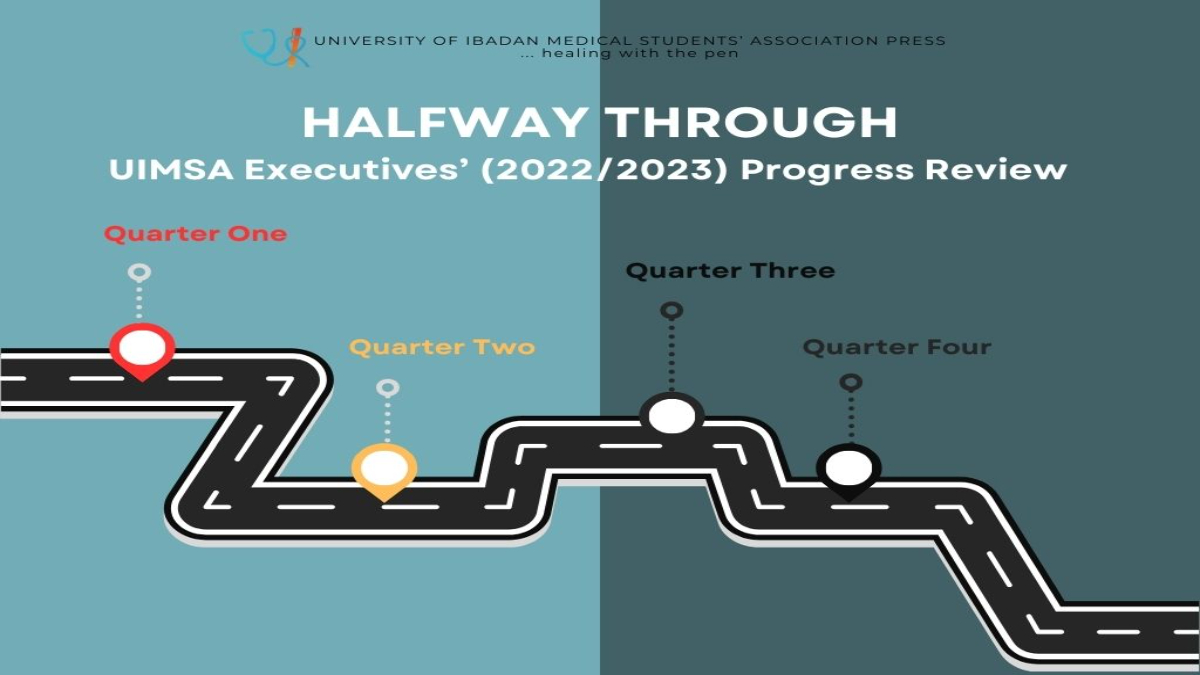Guardians of The Pill: World Antimicrobial Awareness Week
Once upon a time, in an era not too long past, contracting an infection was a death sentence. People died of serious diseases such as tuberculosis, typhoid fever, cholera, diphtheria, syphilis as well as relatively simple diseases such as the flu, diarrhoea, constipation, etc all due to a lack of appropriate medication. The average life expectancy was very low (about 47 years) until the discovery of penicillin in 1928 by Sir Alexander Fleming marked the beginning of the antibiotic revolution and the salvation of mankind from the siege of the microscopic foe.
Now, I’d like you to close your eyes. Imagine all the death and human wastage that occurred before the invention of antimicrobials occurring all over again. Imagine a future where the very infections we found cures for, cures that saved our lives, suddenly became untreatable. Where would that leave us?

The World Health Organisation describes antimicrobial resistance as what happens when microorganisms (that is bacteria, fungi, viruses, and parasites) develop the ability to continue to grow, even when they are exposed to antimicrobial medicines (such as antibiotics, antifungals, antivirals, and anthelmintics) that are meant to kill them or limit their growth.
Microorganisms that develop antimicrobial resistance are referred to as “superbugs”. These are microorganisms that -in a bid for survival – have found a way to cheat death by mutation. They thereby render the drugs used against them ineffective and persist in the body, increasing the risk of them being spread to others.
Superbugs are ubiquitous. They can be found in people, animals, food, plants, and freely in the environment (in water, soil and air). They can be spread from person to person, from people to animals and vice versa and can also be gotten from food of animal origin.
Health professionals have referred to antimicrobial resistance as “The Silent Pandemic”. Noting the urgency of the impending situation and the importance of creating awareness about the dangers of antibiotic abuse, the World Antimicrobial Awareness Week (WAAW) was established in 2015 during the 68th World Health Assembly.
Previously known as the World Antibiotic Awareness Week, the annual November 18-24 event was rechristened as the World Antimicrobial Awareness Week in order to include all antimicrobials and not just antibiotics. The World Health Organisation explained that WAAW is a global campaign that aims to raise awareness and improve the understanding of antimicrobial resistance worldwide as well as to encourage best practices among the general public, health workers and policy makers to slow the development and spread of drug-resistant infections.
Since its inception, the week has sported various themes, the latest and current theme being ‘Preventing Antimicrobial Resistance Together’. This theme has run for two years in a row now. This is to emphasize the importance of working together to prevent antimicrobial resistance.

There are several factors associated with the development of antimicrobial resistance. The most obvious is the misuse and overuse of antimicrobials – the main drivers in the development of drug-resistant pathogens. However, lack of access to clean water, sanitation and hygiene (WASH) for both humans and animals also plays a contributory role. Poor infection/disease prevention and control in health-care facilities and farms breeds resistant pathogens. Poor access to quality, affordable medicines, vaccines and diagnostics, lack of awareness and lack of enforcement of drug legislation all add to the burden.

Thanks to these factors, the list of antimicrobial-resistant microorganisms has grown significantly in the 21st century. Some of such organisms include:
- Penicillin-Resistant Streptococcus pneumonia (PRSP) responsible for community acquired pneumonia, meningitis, otitis media, etc
- Methicillin-Resistant Staphylococcus aureus (MRSA) responsible for necrotizing fasciitis, pneumonia, septic arthritis, etc
- Vancomycin-Resistant Enterococci (VRE) responsible for infective endocarditis, peritonitis, and a range of urinary tract infections
- Multiple-Drug-Resistant Gram-Negative Bacilli (MDRGNB) responsible for pneumonia, meningitis, surgical site infections, etc.
To read more about resistant pathogens you can follow this link: https://www.who.int/news-room/fact-sheets/detail/antimicrobial-resistance.
The dire consequence of antimicrobial resistance is that infections become increasingly difficult or impossible to treat.
This in turn births a rise in disease spread as the infectivity of the pathogen worsens. The cost of treatment rises in the bid to find a cure or alleviate symptoms and despite all efforts made, death may yet be inevitable.

To prevent this awful nightmare from becoming reality, it is paramount that every patient, including you and I:
- Ensures that they only use antimicrobials prescribed by the doctor.
- Completes their antimicrobial treatment unless otherwise stated by the physician.
- Never shares or uses leftover antibiotics.
- Prevents infections through hygiene, safe sex and vaccinations.
- Policy makers should likewise improve surveillance of antibiotic resistant infections and implementation of infection prevention and control measures.
The world is at increased risk. Medicine as we know it is at risk. The Dark Ages loom ahead if we fail to take antimicrobial resistance seriously. The rise of the resistance may have already begun, but it does not have to get worse. Let us all do our part to use antimicrobials responsibly, carry out infection control measures and educate everyone around us -that mama in the market, that grandma back home- to do the same. We are all called to be guardians of the pill whether we like it or not, for the good of all of humanity.
Omoyemen Aisuodionoe-Shadrach; Opeolu Oreoluwa


